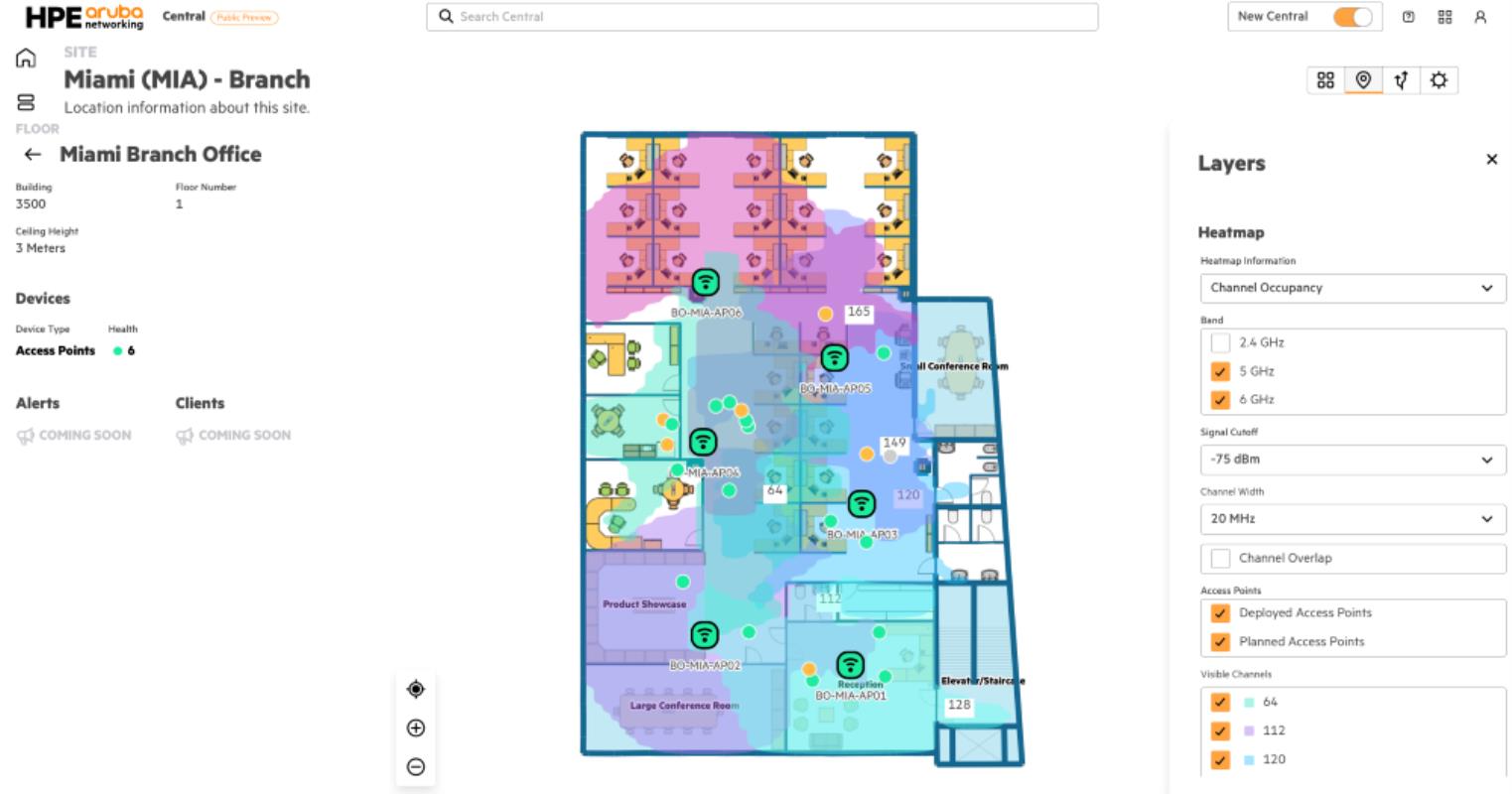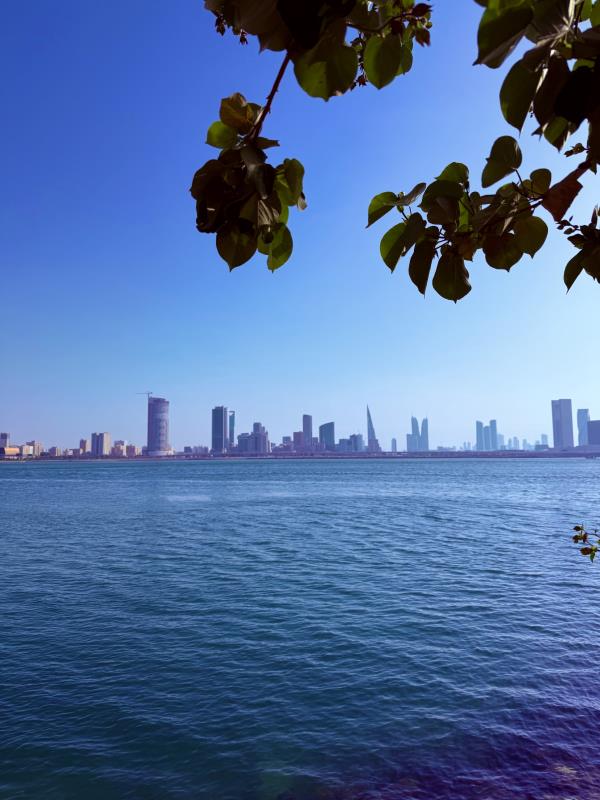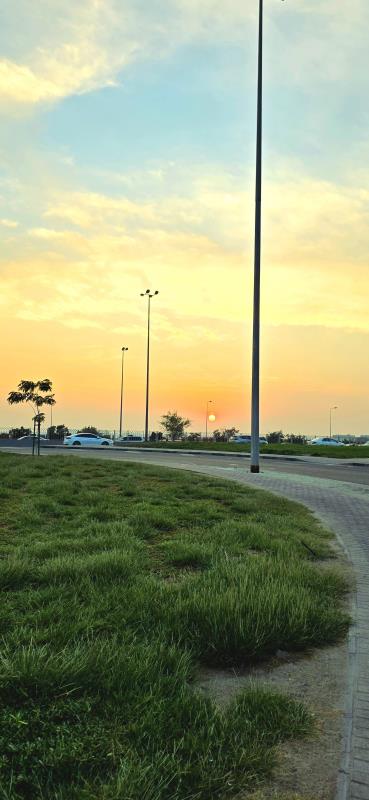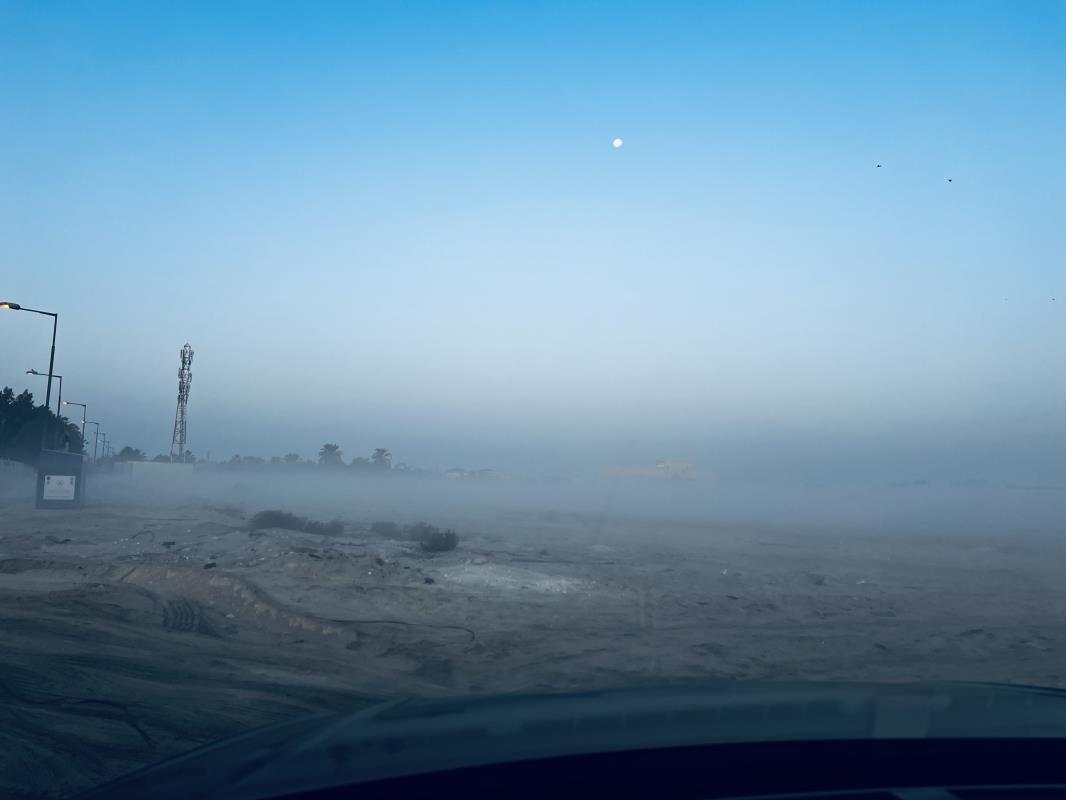
Our moon has an undeniable affect on Earth's tides. Its gravitational pull causes rises and falls in our planet's sea level.
But what if the moon were to have a smaller, less visible affect on our planet?
A small handful of experts claim to have evidence that our satellite produces forces that can trigger earthquakes.
Scientists have long pondered whether the moon's tides could be linked to earthquakes. After all, our satellite is always there, shifting the weight of the oceans and pulling at our planet.
Surely, all that pressure, even if it is incremental, would add up to a significant effect, scientists asked.
But until recently, datasets were not good enough to show the link between the moon and earthquakes, and the pull was deemed too weak to have any significant impact.
"For a while, it was a field where only fools worked," Chris Scholtz, a geologist and professor emeritus of earth and environmental science at Columbia Climate School, told .
But with the advent of bigger and more comprehensive datasets over the past 20 years, the influence of the moon has started to emerge from the data. And it seems that in some cases, the moon did help trigger earthquakes around the world.
One place where the moon's impact is seen clearly is in underwater earthquakes. That makes sense, given the moon's pull on the oceans.
"What's happening is the tides are actually making the magma chamber inflate and deflate," he said. "That's what's causing the earthquakes."
While standing on the surface of the Earth, it may be difficult to imagine mountains ebbing and flowing like the ocean, but rocks do bulge and squish under the pull from the moon
"Solid earth tides are the same as the tides, it's just on the solid earth. And the amplitude of motion is very tiny because the earth is very stiff," said Scholtz.
"You can measure it with a very sensitive instrument. But you can't notice it," he said.
These tides can deform the Earth by up to about 22 inches vertically and about 11 inches horizontally every day, Davide Zaccagnino, PhD student of geophysics at the Sapienza University of Rome.
By digging into these datasets, a few studies have suggested a link between Earth tides and earthquakes.
"While fluids can flow, rocks can just slightly change their shape according to the intensity and direction of the tidal perturbation, which promotes stress accumulation," said Zaccagnino.
If rocks are already overstressed because of the action of tectonic forces, even a small stress the pull of the moon can be the straw that breaks the camel's back, creating a crack in the rock, he said.
"If surrounding rocks are also unstable, the fracture can speed up to involve large fault patches. The final outcome is an earthquake," said Zaccagnino.


























































































